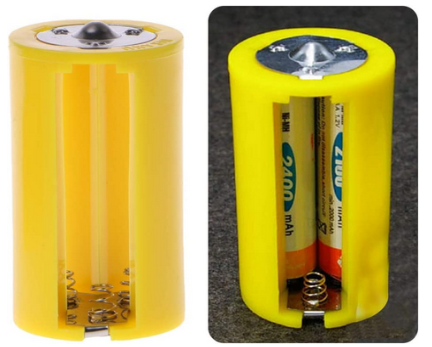Current will flow from the higher voltage cell or cells into the lower voltage cell or cells until the voltages are equal, or until one of the cells is disconnected. In general you are not supposed to allow current to flow into primary (non-rechargeable) cells. I don't know for sure what could happen if you do this, but the manufacturers don't recommend it.
From a practical perspective, there is no reason to put cells in parallel unless they are close to the same voltage. A lot of useful energy will be lost as the cells equalize voltage. It would probably be better to discharge the highest voltage cell alone until the voltage drops, then add in the parallel cell or cells (if possible).
If you do it accidentally, I think the chances of fires, explosions, etc are probably remote, but I have never done any testing of this configuration so I cannot be sure.
If you put a fully charged NiMH cell in parallel with a fully discharged NiMH cell, there is a possibility of pretty large current flowing while the voltages equalize. This could cause one or both cells to heat up, and it could also cause the battery contacts to heat up, possibly even hot enough to be a hazard. NiMH cells are capable of delivering very high currents. The worst type of battery contact is the helical wire type (the ones that look like coil springs). I have seen these glow red hot during AA battery short-circuit tests.
Usually the user manuals for battery powered devices specifically say not to mix cell types and to always change out all the cells at the same time.

